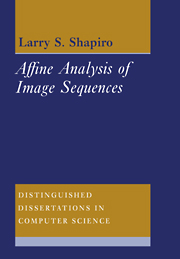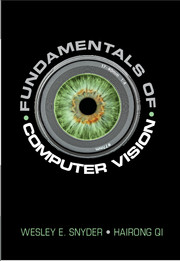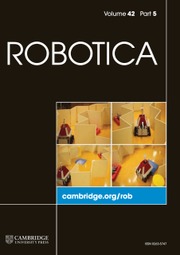Affine Analysis of Image Sequences
Computer vision is a rapidly growing field which aims to make computers 'see' as effectively as humans. In this book Dr Shapiro presents a new computer vision framework for interpreting time-varying imagery. This is an important task, since movement reveals valuable information about the environment. The fully-automated system operates on long, monocular image sequences containing multiple, independently-moving objects, and demonstrates the practical feasibility of recovering scene structure and motion in a bottom-up fashion. Real and synthetic examples are given throughout, with particular emphasis on image coding applications. Novel theory is derived in the context of the affine camera, a generalisation of the familiar scaled orthographic model. Analysis proceeds by tracking 'corner features' through successive frames and grouping the resulting trajectories into rigid objects using new clustering and outlier rejection techniques. The three-dimensional motion parameters are then computed via 'affine epipolar geometry', and 'affine structure' is used to generate alternative views of the object and fill in partial views. The use of all available features (over multiple frames) and the incorporation of statistical noise properties substantially improves existing algorithms, giving greater reliability and reduced noise sensitivity.
- New advances in computer vision theory
- New advances in computer vision practice
- No other books on this aspect
Product details
September 2005Paperback
9780521019781
228 pages
245 × 170 × 12 mm
0.371kg
118 b/w illus.
Available
Table of Contents
- 1. Introduction
- 2. Corner extraction and tracking
- 3. The affine camera and affine structure
- 4. Clustering using maximum affinity spanning trees
- 5. Affine epipolar geometry
- 6. Outlier rejection in an orthogonal regression framework
- 7. Rigid motion from affine epipolar geometry
- 8. Affine transfer
- 9. Conclusions
- Appendices A. Clustering proofs
- B. Proofs for epipolar geometry minimisation
- C. Proofs for outlier rejection
- D. Rotation matrices
- E. KdV motion equations
- Bibliography
- Index.




